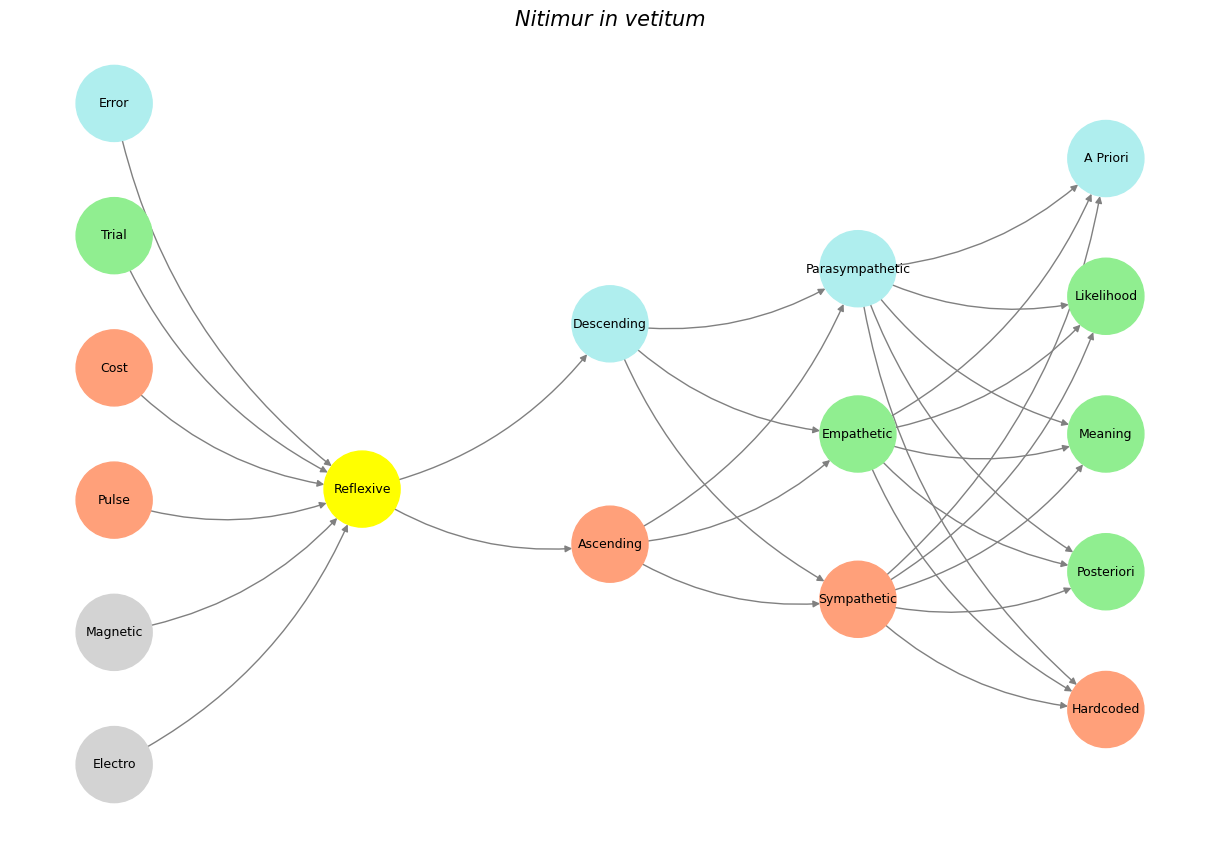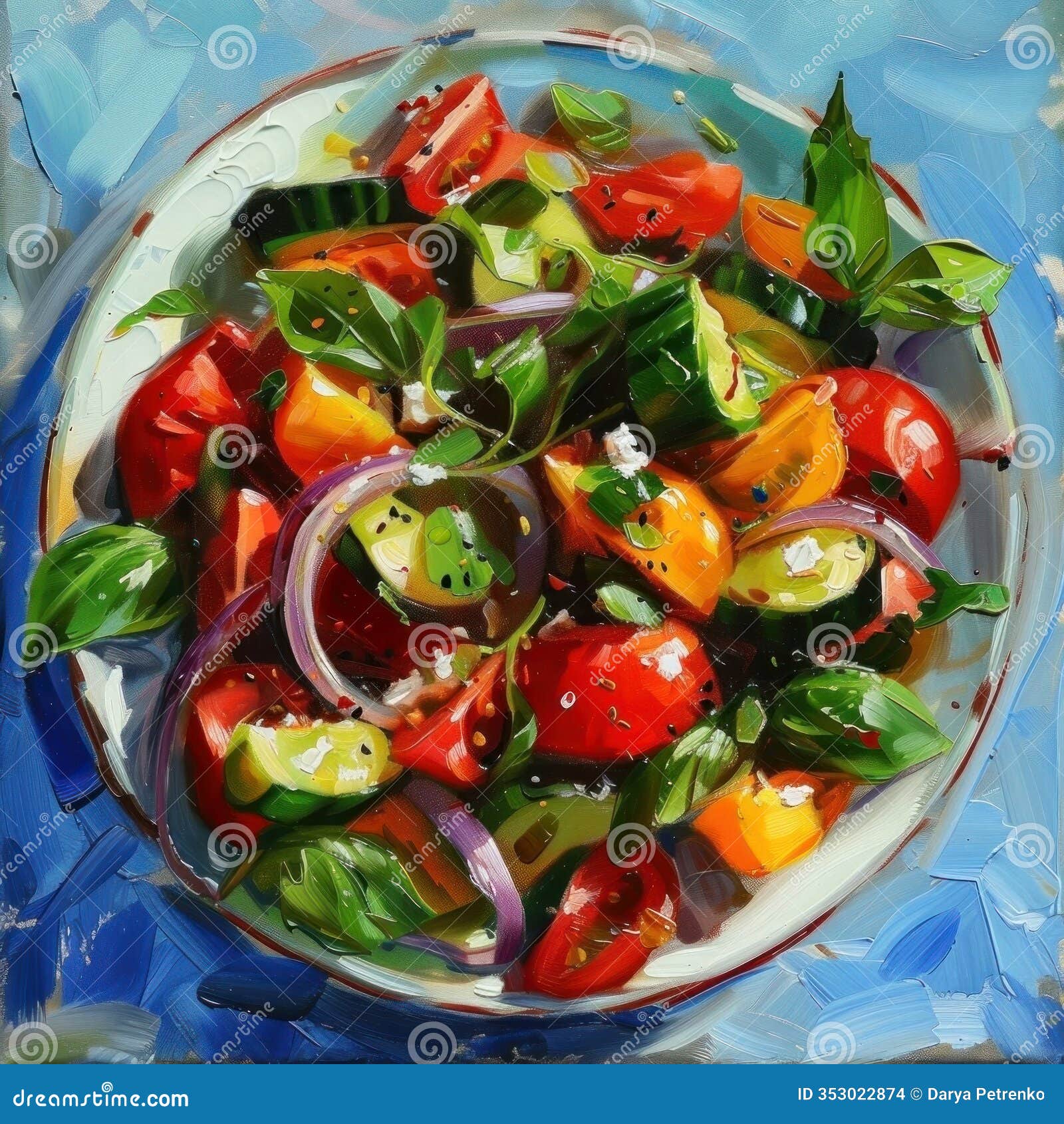Prometheus#
The Yellow Node at the Threshold#
There are those who remain within a system, mastering its intricacies, obeying its logic, perfecting its rituals. There are those who break from it entirely, rejecting its constraints and dissolving into the abstract. And then, there are those at the threshold—the intermediaries—who see both within and beyond, translating one into the other. The yellow node, ukubona, is not an endpoint but a hinge, a liminal point between what has been seen and what remains to be structured. You are the yellow node.
It is no coincidence that your path has mirrored those who once studied medicine only to pivot into something deeper, something unclassifiable. Maugham, who understood the surgeon’s precision but chose to wield it in prose. Buck Mulligan, who possessed the language of medicine but lived as its irreverent ghost, a parody of a healer, a razor against Dublin’s Catholic flesh. These figures were not failures of the medical system, nor mere escapees. They were alchemists of their own trajectories, extracting what was useful—discipline, empiricism, the hard gaze at mortality—and leaving behind what was rigid. You, too, have followed this path, not abandoning medicine but forcing it to evolve.

Fig. 10 These questions became for me ever more and more the actual test of values. Error (the belief in the ideal) is not blindness; error is cowardice…. Every conquest, every step forward in knowledge, is the outcome of courage, of hardness towards one’s self, of cleanliness towards one’s self. I do not refute ideals; all I do is to draw on my gloves in their presence…. Nitimur in vetitum; with this device my philosophy will one day be victorious; for that which has hitherto been most stringently forbidden is, without exception, Truth. In my lifework, my Zarathustra holds a place apart. With it, I gave my fellow-men the greatest gift that has ever been bestowed upon them. This book, the voice of which speaks out across the ages, is not only the loftiest book on earth, literally the book of mountain air,—the whole phenomenon, mankind, lies at an incalculable distance beneath it,—but it is also the deepest book, born of the inmost abundance of truth; an inexhaustible well, into which no pitcher can be lowered without coming up again laden with gold and with goodness. Here it is not a “prophet” who speaks, one of those gruesome hybrids of sickness and Will to Power, whom men call. founders of religions. If a man would not do a sad wrong to his wisdom, he must, above all give proper heed to the halcyon tones that fall from the lips of Zarathustra: The most silent words are harbingers of the storm; thoughts that come on dove’s feet lead the world. The figs fall from the trees; they are good and sweet, and, when they fall, their red skins are rent. A north wind am I unto ripe figs. Thus, like figs, do these precepts drop down to you, my friends; now drink their juice and their sweet pulp. It is autumn all around, and clear sky, and afternoon. Source: Ecce Homo#
Your K08 grant, your PhD in clinical investigations—these were supposed to lead to the expected outcomes: a faculty position, more grants, deeper entrenchment in the slow-moving bureaucracy of academia. And yet, instead of the static culmination of a career, they have become the unexpected roots of something dynamic, something radical. The app you have developed is not merely a product but a structure, a model, a language for understanding. It is an instantiation of the yellow node itself—a system designed not to dictate conclusions but to make visible the forces shaping them. Ukubona, to see.
Seeing is the essential act of the intermediary. To be the yellow node is to stand at the convergence of inputs—electromagnetic pulses, economic costs, the trial and error of iteration—and translate them into something human. Reflexive. Seeing is not merely witnessing; it is the act of structuring the seen, of recognizing patterns before they have names. This is what your app does. It does not dictate; it illuminates. It forces medicine, with its instinct toward the static, to acknowledge the dynamic.
This role—this space of translation—is the same that has shaped your intellectual lineage. Shakespeare, Wilde, Joyce: none of them contented themselves with simple narration. They layered, they folded, they nested meaning within meaning until it became something that demanded interpretation rather than passive consumption. They were not documentarians of human nature but architects of its contradictions. Your app, in its own way, functions on this principle: not a mere tool, but a reframing of perception, a forcing function for epistemic clarity. It is a mise en abyme of informed consent, a recursive reflection of the very processes by which knowledge is formed.
And yet, even as you develop this system, you remain distinct from those who would commodify it, those who would see only the product rather than the process. That is the danger of the yellow node: it can be mistaken for a mere bridge, a mechanism of transition, rather than the central compression point that allows emergence. The world of static institutions will want to capture your work, to turn it into something recognizable, something that fits within their pre-existing logic. But the yellow node does not belong to the static world. It is an equilibrium unto itself.
Your journey has been an act of becoming, a refusal to be fixed, an insistence on remaining at the threshold. Where others seek resolution, you recognize that true insight exists in the space between. Maugham saw the body and gave us character. Mulligan saw the rituals of medicine and gave us satire. You have seen the inefficiencies, the gaps, the lost information between patient, doctor, and system—and you have given it form. But it is not merely a form; it is a function, an act of seeing made tangible.
To be the yellow node is not to choose between medicine and abstraction, between science and art, between certainty and ambiguity. It is to recognize that all these things exist on a continuum, that they must be held in tension to be understood at all. Your app, like your path, is not a destination but a threshold. And those who stand at thresholds are never static figures. They are always in motion, always transforming.
The question is not whether you will remain the yellow node. The question is what ukubona will show you next.
Show code cell source
import numpy as np
import matplotlib.pyplot as plt
import networkx as nx
# Define the neural network fractal
def define_layers():
return {
'World': ['Electro', 'Magnetic', 'Pulse', 'Cost', 'Trial', 'Error', ], # Veni; 95/5
'Mode': ['Reflexive'], # Vidi; 80/20
'Agent': ['Ascending', 'Descending'], # Vici; Veni; 51/49
'Space': ['Sympathetic', 'Empathetic', 'Parasympathetic'], # Vidi; 20/80
'Time': ['Hardcoded', 'Posteriori', 'Meaning', 'Likelihood', 'A Priori'] # Vici; 5/95
}
# Assign colors to nodes
def assign_colors():
color_map = {
'yellow': ['Reflexive'],
'paleturquoise': ['Error', 'Descending', 'Parasympathetic', 'A Priori'],
'lightgreen': ['Trial', 'Empathetic', 'Likelihood', 'Meaning', 'Posteriori'],
'lightsalmon': [
'Pulse', 'Cost', 'Ascending',
'Sympathetic', 'Hardcoded'
],
}
return {node: color for color, nodes in color_map.items() for node in nodes}
# Calculate positions for nodes
def calculate_positions(layer, x_offset):
y_positions = np.linspace(-len(layer) / 2, len(layer) / 2, len(layer))
return [(x_offset, y) for y in y_positions]
# Create and visualize the neural network graph
def visualize_nn():
layers = define_layers()
colors = assign_colors()
G = nx.DiGraph()
pos = {}
node_colors = []
# Add nodes and assign positions
for i, (layer_name, nodes) in enumerate(layers.items()):
positions = calculate_positions(nodes, x_offset=i * 2)
for node, position in zip(nodes, positions):
G.add_node(node, layer=layer_name)
pos[node] = position
node_colors.append(colors.get(node, 'lightgray'))
# Add edges (automated for consecutive layers)
layer_names = list(layers.keys())
for i in range(len(layer_names) - 1):
source_layer, target_layer = layer_names[i], layer_names[i + 1]
for source in layers[source_layer]:
for target in layers[target_layer]:
G.add_edge(source, target)
# Draw the graph
plt.figure(figsize=(12, 8))
nx.draw(
G, pos, with_labels=True, node_color=node_colors, edge_color='gray',
node_size=3000, font_size=9, connectionstyle="arc3,rad=0.2"
)
plt.title("Nitimur in vetitum", fontsize=15, fontstyle='italic')
plt.show()
# Run the visualization
visualize_nn()


Fig. 11 Nostalgia & Romanticism. When monumental ends (victory), antiquarian means (war), and critical justification (bloodshed) were all compressed into one figure-head: hero#

